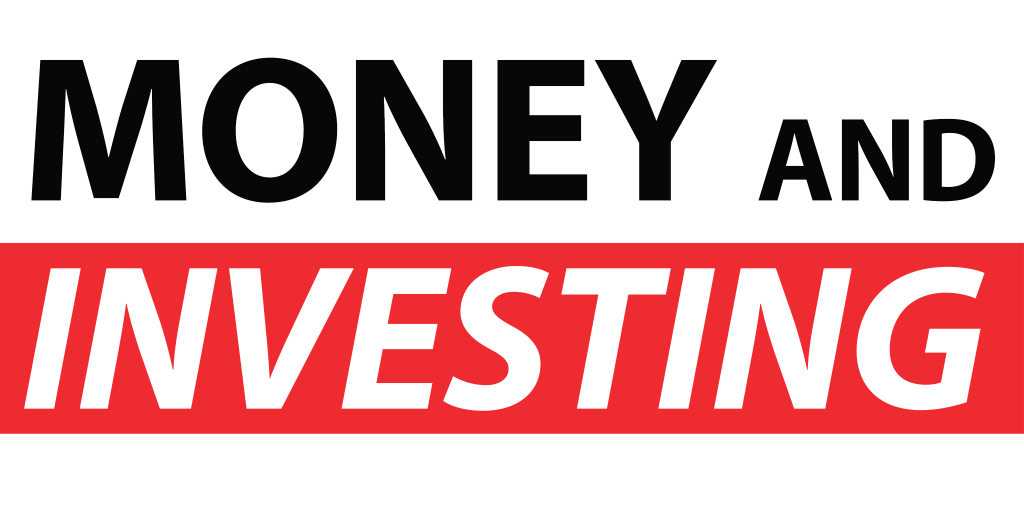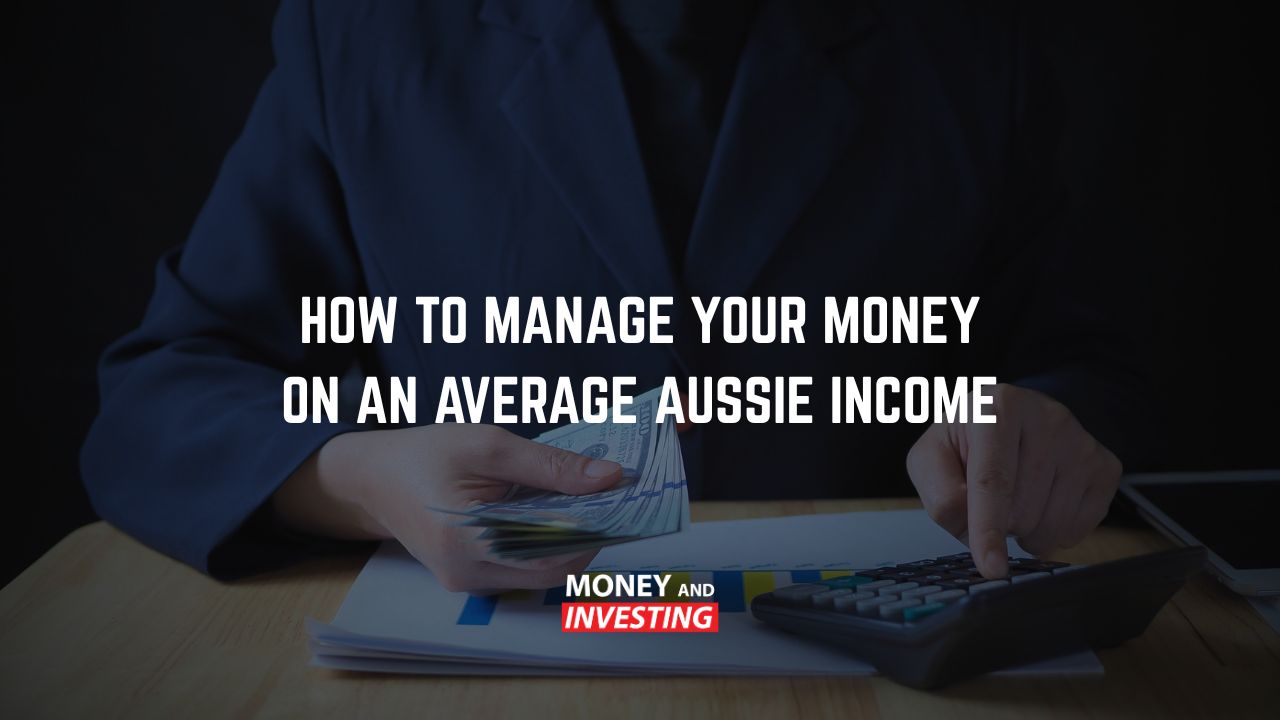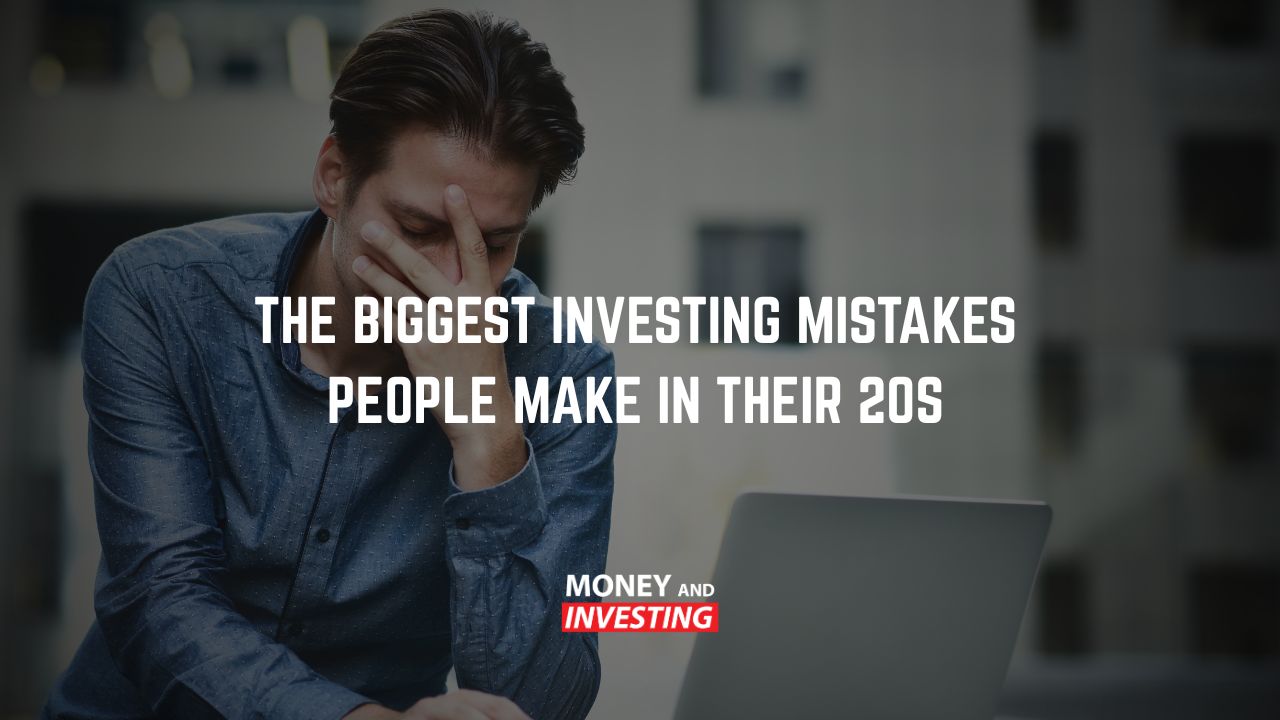When most Aussies think about financial progress, aiming for the “middle class” often feels like a safe bet. On paper, it looks like you’re going alright – a steady job, a decent salary, maybe even the odd holiday up the coast or a nice dinner out. But scratch beneath the surface, and there’s a real problem lurking: the Middle Class Poverty Trap.
What Does Being Middle Class Really Mean?
In Australia, the middle class is usually pegged as earning between $120,000 and $150,000 before tax. At first glance, that looks like a solid income. But once the taxman takes his share and the rising cost of living is factored in, what’s left often feels a lot skinnier than expected.
This isn’t just an Aussie issue either. Back in the 1950s and 60s, the American middle class was thriving. Fast-forward to today, and it’s been hollowed out by rising costs, wage stagnation, and big shifts in the job market. What used to be a symbol of stability is now much shakier ground.
Lifestyle Inflation
One of the biggest traps for middle-class earners is lifestyle inflation. You get a pay rise, and suddenly the old Toyota in the driveway feels a bit tired – time for a flash new European car. Takeaway on a Friday night turns into fancy restaurants. A quick weekend away morphs into luxury holidays.
The problem? Those “rewards” for hard work eat away at your future wealth. The difference between a Toyota and a Mercedes might look impressive when the neighbours walk past, but financially, it’s chalk and cheese. Every extra dollar spent there is a dollar not going toward paying off debt, building investments, or creating a rainy-day buffer. And that, right there, is how people slide deeper into the Middle Class Poverty Trap.
Cost of Living
Even if you steer clear of lifestyle inflation, the cost of living is still giving families a fair whack. Groceries, power bills, and housing keep climbing faster than wages. A salary that looked comfortable 10 years ago is now stretched thin by higher interest rates, rent hikes, and everyday expenses.
If you’re paying off a mortgage, the stakes are even higher. A single rate hike can add hundreds to your repayments each week. Before you know it, that “comfortable” income has you sweating over bills and living paycheque to paycheque – the exact cycle of the Middle Class Poverty Trap.
Needs vs Wants: Your Way Out of the Trap
Breaking free starts with a bit of brutal honesty. Pull out your bank statements and mark the difference between needs and wants. If it’s a want, ask yourself: could I have done this differently, or for less?
That extra $300 you save each month might not seem like much, but invested over time, it can double or triple. Redirected into lifestyle spending, it just keeps you stuck in the rut. The choice is yours – comfort today, or freedom tomorrow.
Long-Term Thinking: The Real Secret
True financial freedom isn’t about how much you earn – it’s about how much you keep. Every choice has an opportunity cost. That expensive weekend away might feel great, but putting that money into investments could open far greater doors down the track.
Financial independence is built by prioritising long-term security over short-term splurges. That means cutting down debt, investing wisely, and building assets that work for you later in life.
Breaking Free from the Middle Class Poverty Trap
If you’re serious about escaping the Middle Class Poverty Trap, here are a few steps to get cracking:
- Keep an eye on lifestyle creep – resist the urge to upgrade just because your pay went up.
- Budget with discipline, so you know where every dollar goes.
- Pay down your mortgage faster, even when interest rates drop.
- Invest extra income rather than blowing it on short-term rewards.
- Focus on freedom, not appearances.
The line between comfort and freedom is thinner than you think. Comfort can lull you into the cycle. Freedom, on the other hand, gives you choices, security, and the ability to live life on your terms.



